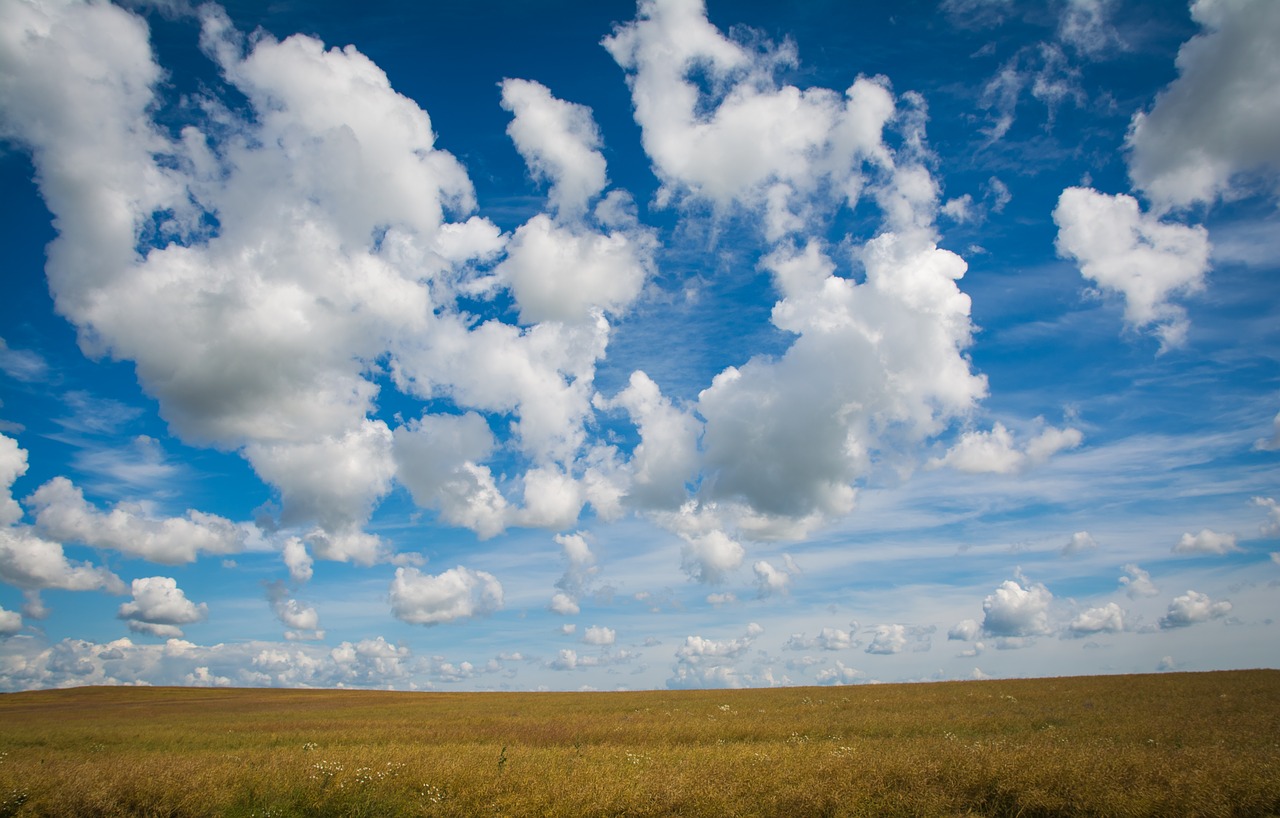Novel coronavirus: experts on air quality and infectious diseases join forces to look for answers

Since the start of the outbreak of the novel coronavirus, which causes COVID-19, there have been questions in the Netherlands about a potential connection between livestock farming, air quality, and the spread of this disease. We still do not have the answers, but experts in a wide range of sectors, from infectious diseases and zoonoses to health and the environment, are working together to compile more knowledge in this area. |
Joke van der Giessen, veterinary microbiologist at RIVM and programme leader of the VGO-III research programme on livestock farming and the health of local residents, says, “The first outbreak of COVID-19 was in the province of Brabant, and then shifted more towards north-eastern Brabant, which has a high concentration of livestock farming. That area was also hardest hit by the outbreak. It is the same area where Q fever ran rampant during that outbreak. So there were questions about that – in Parliament, from journalists and from the public. ‘Can it be coincidence that it is hitting hardest in north-eastern Brabant? Is there a connection between air quality and livestock farming?’ Well, we do not know yet.”
“We do know that right before the outbreak, the province of Brabant celebrated Carnival. In any case, such large gatherings are a known vector for virus transmission. Infectious diseases spread easily through large groups of people who are partying. At the request of two government ministries – Agriculture, Nature & Food Quality, and Health, Welfare & Sport – we published a policy paper exploring what studies might enable us to answer these questions.”
Air quality and health
Van der Giessen is working on this subject in collaboration with Miriam Gerlofs-Nijland, an expert on air quality and health, particularly specialising in toxicology. That is one of the advantages of having a wide range of disciplines under one roof at RIVM. “In areas with high air pollution, we see increased mortality rates,” says Gerlofs-Nijland. “That has been common knowledge for some time, and is completely unrelated to the novel coronavirus. For example, air quality affects the lungs. When the air quality is poorer, pneumonia is more common. Air pollution research tends to ask: is the concentration of air pollutants within the legal limits? We look at air pollution from a public health perspective.”
“When the air quality is poorer, pneumonia is more common.”
A Harvard University study showed that people living in areas with higher air pollution had a significantly increased risk of death from COVID-19. Joke van der Giessen and Miriam Gerlofs-Nijland see this as an indication, but not as direct evidence in itself: “This Harvard study is an ecological study. That means that it offers indications that there might be something there, but it does not prove a connection.”
Focus on people with respiratory sensitivity
At the beginning of this year, even before the COVID-19 outbreak, the Dutch government signed a new accord with the provinces and municipal authorities: the Clean Air Agreement. “It contains a whole range of measures to achieve cleaner air,” says Gerlofs-Nijland. “The Clean Air Agreement devotes special attention to risk groups, like people with genetic predisposition or extra sensitivity to pulmonary diseases, as well as to people who are exposed to high concentrations. The goal of the Agreement is to achieve an improvement in health outcomes of at least 50% in 2030 over 2016 for domestic sources.”
“We look at air pollution from a public health perspective.”
Better air quality due to lockdown?
Other questions about air quality and the novel coronavirus were also addressed by the RIVM Centre for Environmental Quality. Senior scientist on air quality and climate change Guus Velders says, “Did the lockdown measures have a demonstrable effect on air quality? That is a question that came up fairly quickly, triggered by the first satellite images from China which showed that NO2 concentrations had decreased considerably as traffic and industrial activities almost disappeared during the lockdown. Satellite photos also showed an improvement in NO2 concentrations in the Netherlands, but it was not immediately possible to say how big of an effect the lockdown measures had".
"We are now doing a broader analysis. What is natural variation – in other words, how much do we attribute to the weather conditions, and what can be attributed to the lockdown measures? If the measures stay in place, any effects will become more clearly apparent in our measurements as time goes on.”
Research opportunities
As this suggests, for the time being there are more questions than answers about air quality and the spread of COVID-19. Van der Giessen and Gerlofs-Nijland coordinated the policy paper, consulting with a great many experts to identify various areas for potential research. Some of this exploratory research could be carried out within the existing VGO consortium, explains Van der Giessen. “VGO-III, the programme on livestock farming and health of local residents, is set up to collect more knowledge about the health of people living in the vicinity of livestock farms. In recent years, we have seen an increase in pneumonia occurring near goat farms – but we do not know why.
We are set to launch a study on the causes of pneumonia around goat farms, probably in September. Many GPs in north-eastern Brabant are participating, conducting widespread diagnostics on patients with pneumonia. Of course, that research is not related to the novel coronavirus, because the pneumonia cases started long before the COVID-19 outbreak.”
Would you like to know more?
Questions and answers (only in Dutch)
Letter to Parliament on COVID-19 and potential connections to animals